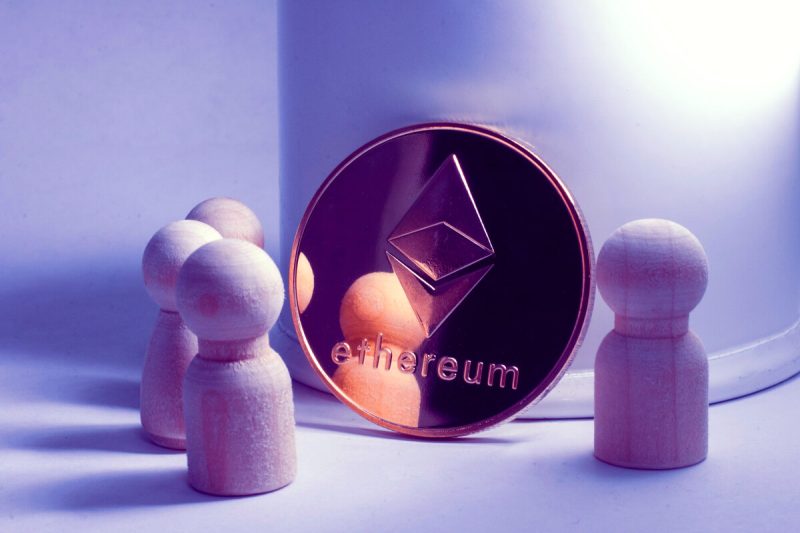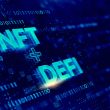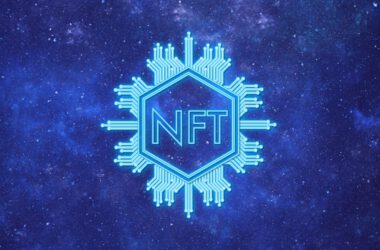Ethereum is the widest doorway to NFT collections and gaming, and hosts thousands of distributed apps in 2021. Having a first mover advantage, the Ethereum network and ETH tokens made up the bedrock of the play to earn infrastructure.
Understanding Ethereum and the need for ETH tokens opens up multiple access points to play to earn.
What is ETH
ETH is the native asset of the Ethereum blockchain. It is considered the first token, and so far has not reached its peak supply. Initially, the intention was to keep the total supply of ETH under 100M tokens. There are now 118M ETH and counting, with no hard cap on the supply.
ETH is produced each minute as a block reward for Ethereum miners. It is also mandatory to pay for network usage in any type of transaction – creating an NFT character, bidding for digital goods, minting new NFT items or for regular buying and selling of ETH or other tokens.
How to Get ETH
ETH is available to trade for fiat, and can be bought through exchanges or via limited in-wallet services that accept debit cards.
ETH may be offered as a bonus on some play to earn platforms, to incentivize new adopters that do not have easy access to crypto assets.
Some amount of ETH is needed to achieve transactions. The conditions of Ethereum network usage are always changing, so the fees remain unpredictable. It is best to be aware beforehand and be ready to refuse a transaction if a fee does not look right.
What are DApps
Distributed Apps, or dApps, are projects built with the ability to communicate with Ethereum and call for transactions as needed. DApps connect to wallets and perform operations on the Ethereum network.
Play to earn games are a sort of dApp. The achievement record is not kept on a single server, but becomes a part of the Ethereum blockchain, or another network, an is preserved by thousands of computers worldwide.
What are Bridges
Because using the ETH network may run up high fees, it is possible to use bridges to alternative blockchains. Some play to earn games deploy to networks with lower fees, but it is possible to reach them through the Ethereum network.
A bridge is a special type of smart contract, which holds ETH tokens on one side, and produces the same amount of wrapped tokens, which are now suitable with another network and another play to earn game environment.
Bridges require fees to onboard tokens, as well as to switch back to the original network.
What is ETH 2.0
The current Ethereum network relies on mining rigs to produce new blocks. For years, the developer team has proposed paths to do away with mining and turn to proof of stake. It is possible that in the near future, the Ethereum network will evolve and switch to nodes that hold a predetermined amount of ETH tokens as their stake, a sign they will not abuse the network.
ETH 2.0 should not affect the already burgeoning ecosystem. For now, ETH 2.0 remains a future proposition and the rules of gas fees and mining still apply.
Why Choose ETH
The reason to start with ETH is that it is the blockchain with the most numerous opportunities for play to earn, hosting top play to earn games.
There are multiple ETH alternatives, but starting with ETH offers a highly liquid source of earnings, as well as a tool to switch between fiat and cryptocurrency and back again. The Ethereum ecosystem is large enough, so that for the most popular play to earn games, earnings can potentially offset gas fees.










